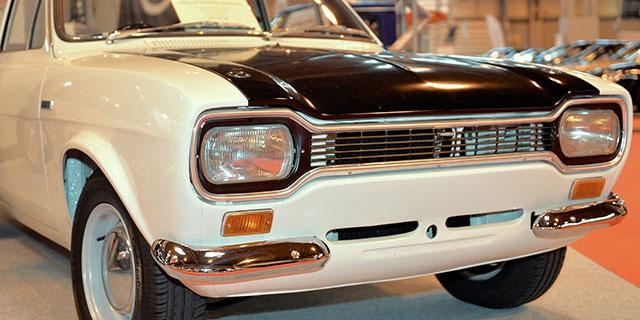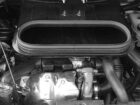For anyone with a classic car, Agreed Value is a big deal.
Agreed Value is a negotiable amount, as the name suggests, but it can be the difference between being happy with your insurers’ payout or devastated.
What is Agreed Value?
Agreed Value is an integral part of classic car insurance. It’s the amount your insurer agrees to pay you if your classic is written off after a crash.
This is good news for classic car owners because the money you have pumped into your classic is taken into account by your insurer, rather than just the trade price.
On the face of it, an Agreed Value policy is a massive bonus for peace of mind.
You establish what your classic is worth, the insurance company agrees, and that’s the sum you get back if you’re unlucky enough to suffer a total loss.
But there are exceptions.
Who does Agreed Value suit best?
If you have a classic that’s moderately rare or unusual, you should agree the value, regardless of its condition or worth.
Insurers might not have any up-to-date information on the car’s true cash equivalent, so the ‘market value’ you’d be offered after a total loss could be way off the mark.
Older classics – almost anything that’s pre-1960 and now MOT exempt – should also be insured on an Agreed Value basis.
That’s because variations in body style, engine, chassis and history of cars from that era can have a massive effect on value that the market price doesn’t take into account.
Owners of cars restored or maintained to concours standards should also agree values because the very best examples can command a price well beyond what’s their trade value.

When agreed value is less relevant
Some classics are so well-loved and popular that the sheer numbers of them on the roads mean that the market value you receive should always be pretty accurate.
Take the MGB or the Morris Minor – hundreds are for sale at any one time, so insurers can assess the market accurately.
An unexpected down-side of Agreed Value policies in a rising market is the need to update them, as Emma Bicknell of Heritage explains:
“In recent years, some owners of E-type Jaguars have found that the values of their cars are rising so fast that their agreed values are actually below market prices, so they need to get the car revalued every year, rather than every four years, which used to be standard.”
An agreed value policy does cost slightly more, so be sure the extra outlay is appropriate for you and your classic.
How do I get my car valued?
Either provide a price to the insurance company yourself, supported by evidence from the small ads, or get a valuation from your owners’ club.
Many people prefer the latter and some insurers will insist on it.
The club needs to be one they recognise (very few aren’t) but you may be charged a fee by your club to cover the costs of an expert coming to assess your classic.

What Agreed Value can’t cover
Values will be agreed on a likely sale price, not on the amount of money you’ve spent on the car.
To cover yourself for the large outlay on a professional restoration, for example, you need to be insuring for ‘re-instatement value.’
Here, you get to declare the sum you wish to cover. It can be the only way to properly insure valuable one-off cars with no relevant market value.
Agreed value classic insurance with mustard.co.uk
mustard.co.uk is the only dedicated Classic Car insurance comparison site in the UK.
That means you can compare classic insurance from specialist classic brokers to make sure you get the right cover for your pride and joy.
Alternatively, if you’d prefer to get a quote over the phone so you can talk through your requirements, we can help you with that too.
Another classic car insurance to consider is business insurance – using your classic to earn a few extra pennies can have implications for your insurance.







